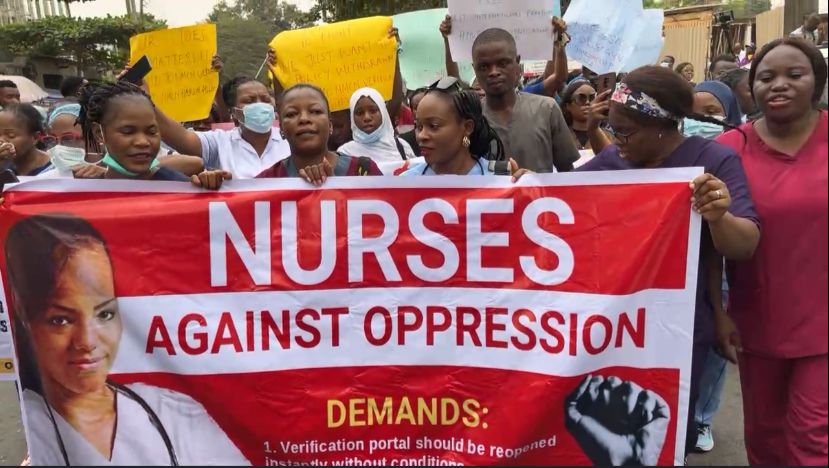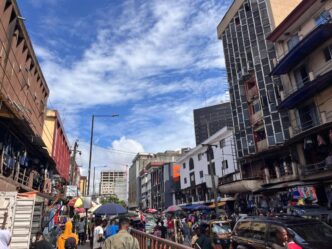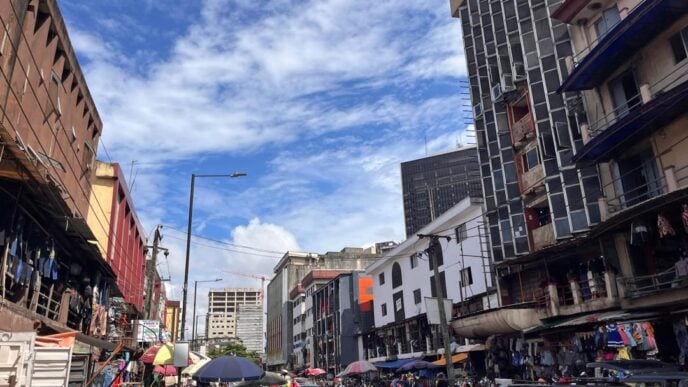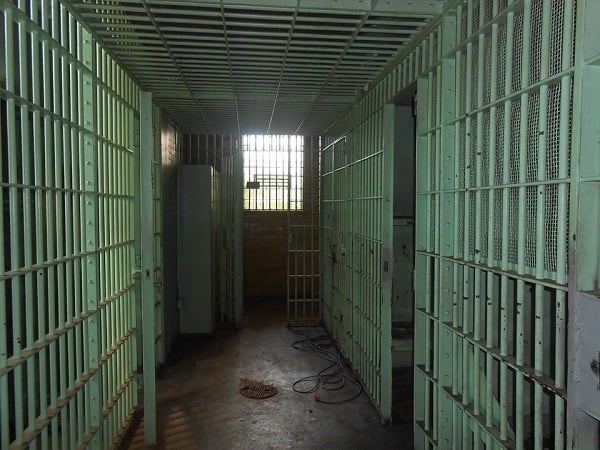BY HUSSEIN ADOTO
Nigerian workers have called off their strike again. This time, it’s nurses under the aegis of the National Association of Nigerian Nurses and Midwives (NANNM), not the NLC, not ASUU, ASUP, JOHESU, NMA, NUPENG, JUSUN, or any of the trade unions that have downed tools in recent years, only to call it off after a few days.
While the strikes by government workers are acute, visible, and disruptive, it is the chronic, quiet, and systematic neglect by the government itself that has made strikes a recurring feature of our discussions on national development. Every delayed response, every neglected agreement, every broken promise inspires a strike action. Each strike inflicts a small cut, bleeding our institutions slowly to death — much like the ancient Chinese torturing method of lingchi, or death by a thousand cuts.
Strikes make the headlines because they are visible. Schools shut down. Hospitals turn away patients. Office hallways go quiet. But those strikes don’t just start at congress meetings or out of spite by trade unions; they start when the government quietly abdicates its responsibility, when institutions are weakened by chronic underfunding, and when existing systems for resolving disputes collapse under the weight of years of neglect.
Advertisement
Dialogue gives way to agitation when workers no longer believe there’s anyone left to listen. And when that belief disappears, strike becomes the only available language. These creeping anomalies are eroding the very foundations of public trust and national development.
Each of these strikes, taken alone, may seem justifiable, even manageable. But when teachers, lecturers, doctors, nurses, judicial workers, oil workers, and others all strike at different times, the system is not just traumatised, it’s bleeding. Every strike weakens the system, each leaving a cut that bleeds quietly and slowly, but surely drains life from the very institutions meant to sustain our country.
Over time, this slow bleeding turns into something more dangerous: a culture of resignation. The expectation of service collapse becomes routine, and dysfunction is no longer shocking; it is assumed. In that assumption lies the most dangerous shift: the erosion of urgency, and with it, the will to reform.
Advertisement
In November 2024, the Daily Trust published my article, in which I complained about recurrent strikes punctuating my clinical rotations through paediatrics, obstetrics and gynaecology, and surgery in medical school. Those strikes weren’t the first I witnessed. But that was the first time I endured multiple strikes in quick succession from multiple unions, each with legitimate complaints. Those relentless bouts of interruption left my already-disrupted time in school more wounded with each passing week.
When I was in secondary school, public school teachers went on strike, and I was forced to stay home for months. I was supposed to graduate in 2024, but I faced yet another disruption when ASUU strikes conspired with the COVID-19 lockdown to shift that to 2026 — 2026, if ASUU and other unions don’t strike again before I graduate.
My worry is no longer just the strikes themselves; it’s the chilling normalisation of strikes that troubles me more. The normalisation signals the death of accountability — a quiet consensus that nothing works unless it breaks first. It seems that strike is the only language that workers speak, the only language that the government understands. Not dialogue. Not negotiation. Just strikes.
That pattern is not only exhausting; it is corrosive. It poisons out every mechanism of peaceful dispute resolution and replaces it with brinkmanship. And when that becomes normal, we’re not just dealing with labour disputes, we’ll have to deal with institutional collapse.
Advertisement
We can only strike so much before there’s nothing left to salvage. ASUU strikes have become a recurring decimal for decades, yet our universities are not particularly better off. Several
ASUU-FG agreements remain unimplemented. The Nigerian Labour Congress (NLC) makes the news mostly when mobilising for a shutdown. Every union of note has taken its turn to strike. The cumulative effect of all these actions is a public system bled of energy and vitality — a system gasping for air, drained of capacity, consistency, and public trust.
The energy that should be spent on reform, expansion, and quality is instead spent on recovery and temporary fixes. And each time we patch things up just enough to continue, we move further away from the kind of healing, cure, and renewal that we actually need.
Look at public secondary schools. School teachers went on strike multiple times to demand better pay and quality of service, but got nothing from state governments. They accepted their fate. Now, many of those schools don’t have teachers for core subjects. Some don’t have supplies in their laboratories or books in their libraries. Parents, too, no longer bother sending their children to those schools, but those schools barely have anything to offer. The thousand cuts have landed our schools in a coma.
Advertisement
Our hospitals, universities, courts, and industries may not be in a coma yet, but they might as well be. What good are universities if they have to close every other day? What is the point of calling off a strike if it only postpones the problem? The recurrent cycle of strikes and suspensions does nothing but weaken the system, deepen our frustration, and institutionalise fragility.
And still, when these strikes happen, we look at the picketing workers as though they are sabotaging the system. But they are not the ones who threw the first punch. That blow came from a government that fails to pay salaries, ignores negotiated agreements, and underfunds the very systems it claims to be protecting.
Advertisement
When workers go months — sometimes years — without redress, they do what they must. They withdraw their services, not as an act of malice, but of self-preservation. It’s not sabotage. It’s survival.
But the tragedy is that the pain doesn’t ripple upward. No commissioner, director, permanent secretary, minister, senator, or politician misses a paycheck when the system shuts down. No one in power sits on a plastic chair in a waiting room, or misses a clinical posting, or repeats a semester.
Advertisement
The damage always trickles downward — to the patients whose care is delayed, the students whose lectures are stalled, the young professionals who can’t train, can’t graduate, can’t progress.
For those of us in medical school, the classroom isn’t just a lecture hall — it’s the ward, the theatre, the labour room. When those spaces go dark, so does our future. Our training is fragmented. Our morale erodes. Our trust in the system fades.
Advertisement
In a country already battling a chronic shortage of health workers, this cycle of abandonment followed by reactionary strikes deepens the morbidity and worsens our prognosis. What hope is there for rebuilding when all we do is patch holes and prepare for the next collapse?
When strikes become the only way to resolve disputes, it’s not just labour relations that are broken. It’s the entire structure of governance: our political system, our legal framework, our accountability structures.
And when that happens, what remains of our public institutions is just a condemned shell: a chronically ill patient waiting to die. That death will not come from a single blow. It’ll be from swords. It’ll be death by a thousand strikes: slow, painful, and entirely preventable.
Hussein Adoto writes via [email protected].
Views expressed by contributors are strictly personal and not of TheCable.








